The celebrations begin on July 15 in the afternoon with the traditional rehearsal of dances and with the presentation of fireworks in the evening.
July 16th is the central day of the festivity, the celebrations begin very early with the mass "misa de aurora", then at about 10 o'clock takes place the "misa de fiesta", which is accompanied by songs of the Qollas and the Qhapac negros. Already around noon and after the parade of dances of the distribution of the "eleven", between the founders, dancers and musicians of all the groups. The day ends with the procession of the Virgin.
July 17th is known as the day of the "Blessing" and the "Guerrilla". After the mass, the dancers and representatives of the surrounding communities go to the town cemetery to visit the deceased dancers. In the afternoon, after the procession, the guerrilla between the "Qollas" and the "Antis" takes place and finally the "Qhaswa" or generalized celebration arrives.
Dances that accompany the Virgen del Carmen
"Danzaq or "Tusuq", dance where those who are attributed with seductive abilities over the young fifteen-year-old girls, conqueror of married women and consoler of widows, are one of the best dressed groups for their colorful and elegant dancing. They cover their heads with chucos, wear short ponchos with ornaments and blue pants divided into stripes with the colors of the rainbow, is undoubtedly one of the most representative of the province of Paucartambo.
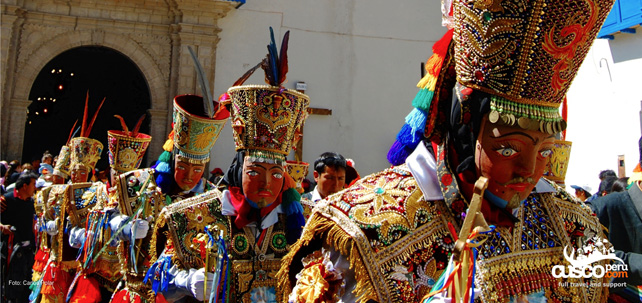
This dance represents the women of the jungle of Kosñipata, but it has a clear mestizo influence because of the costumes and the music that accompanies it. Their costumes consist of a crown of amazons, with their hair, a breastplate representing the Virgin, two "ch'uspas" that serve to carry their wayruros, a suitable dress in which they wear a chonta and the sinehon.

This dance, which in Spanish means "Rich Negro", recalls the servile and slave era of the black population, so they wear chains as a sign of submission. Nowadays, the blacks of Paucartambo are considered the slaves of the Virgin of Carmen, to whom they offer their beautiful and wonderful dance and their sentimental songs.
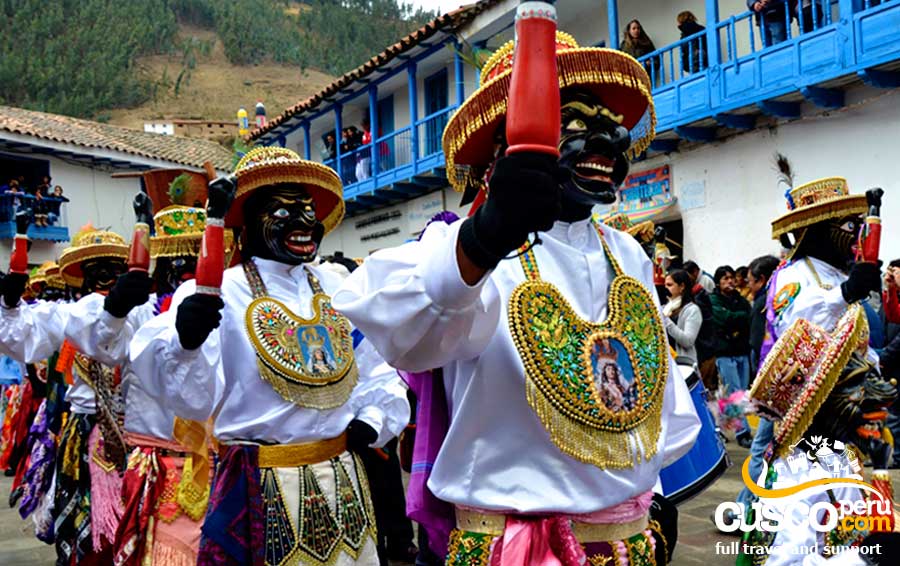
It is a representative dance of the inhabitants of the Qollasuyu, its origin dates back to colonial times when the Qollavian traders arrived in Paucartambo. The dance has its essence in faith to the "Mamacha del Carmen", and it is to whom during the party they sing, dance and cheer in the guerrilla. The dancers wear beautiful and decorated monteras, the waq'ollo and lliclla made of vicuña, the q'epi contains a stuffed vicuña.
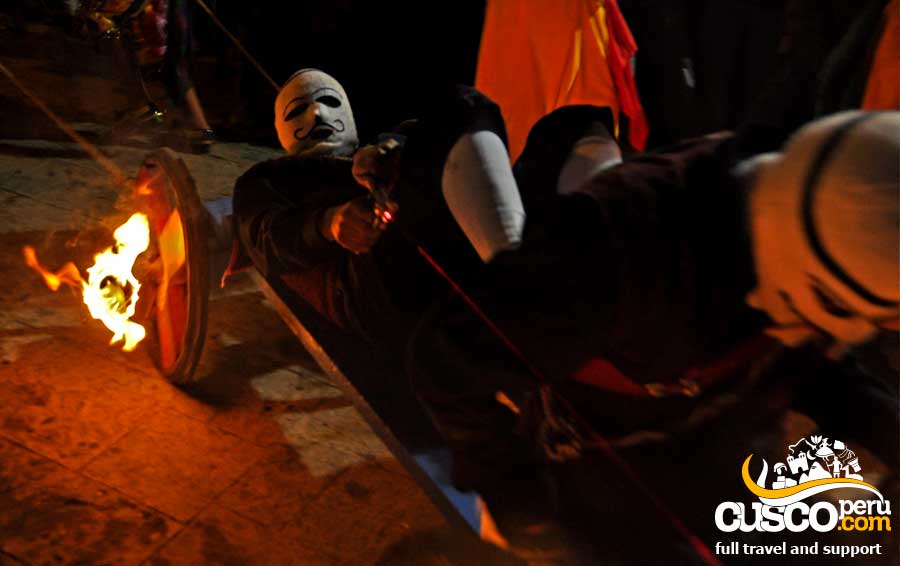

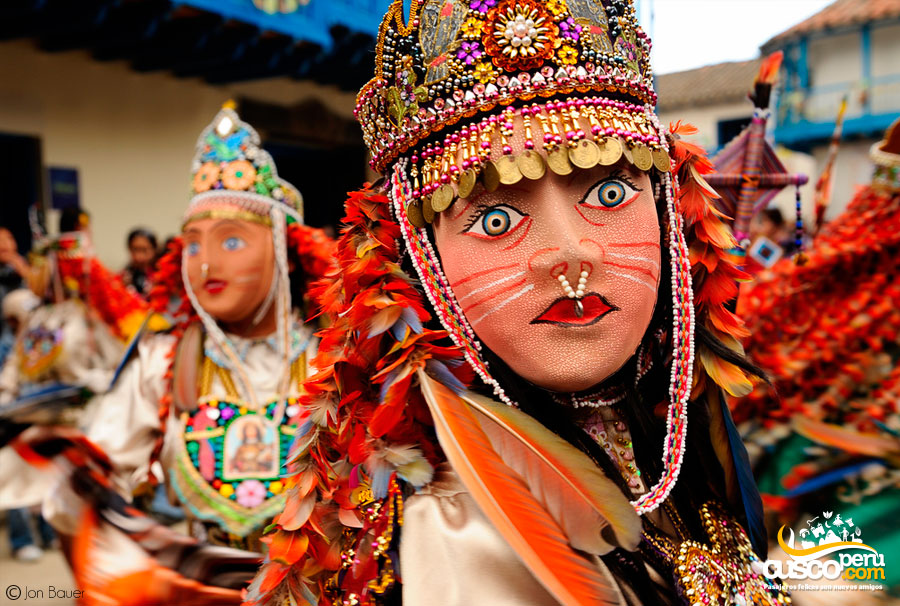

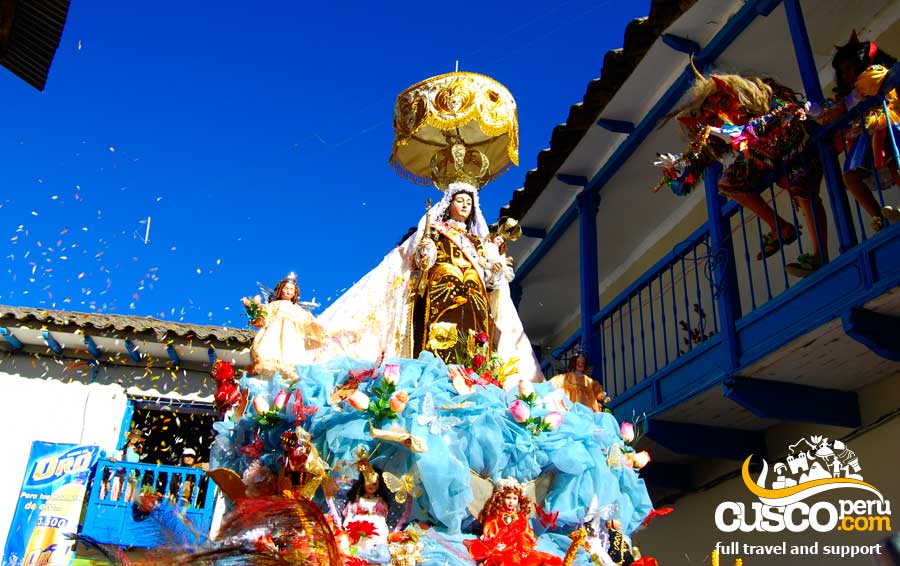

Happy passengers